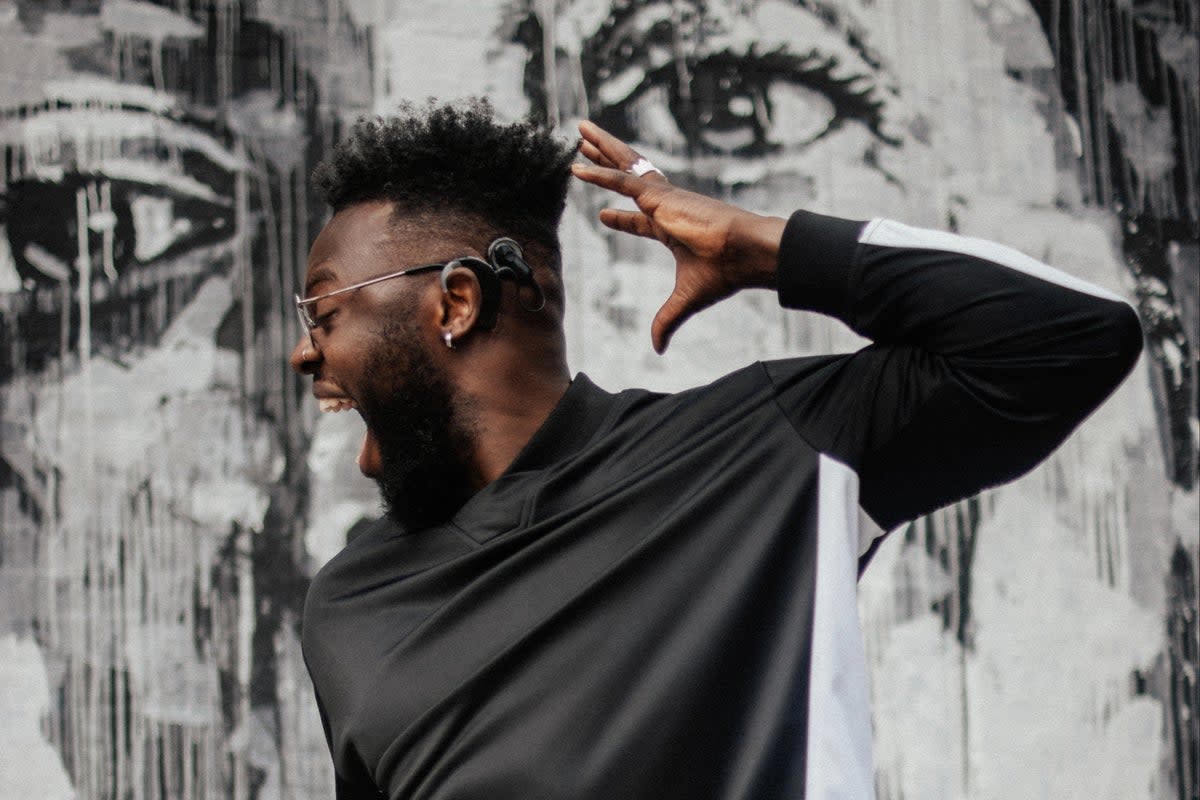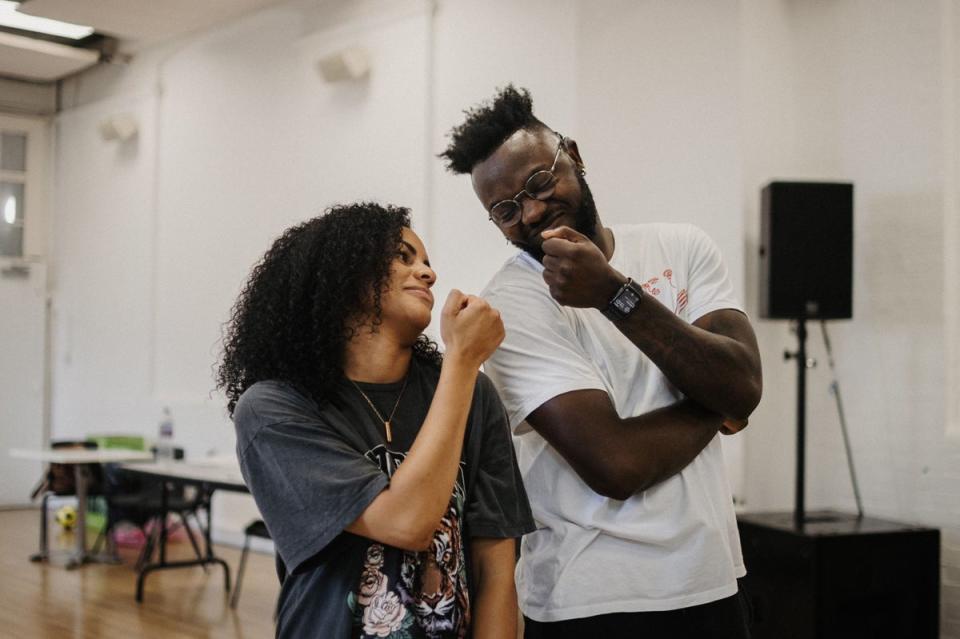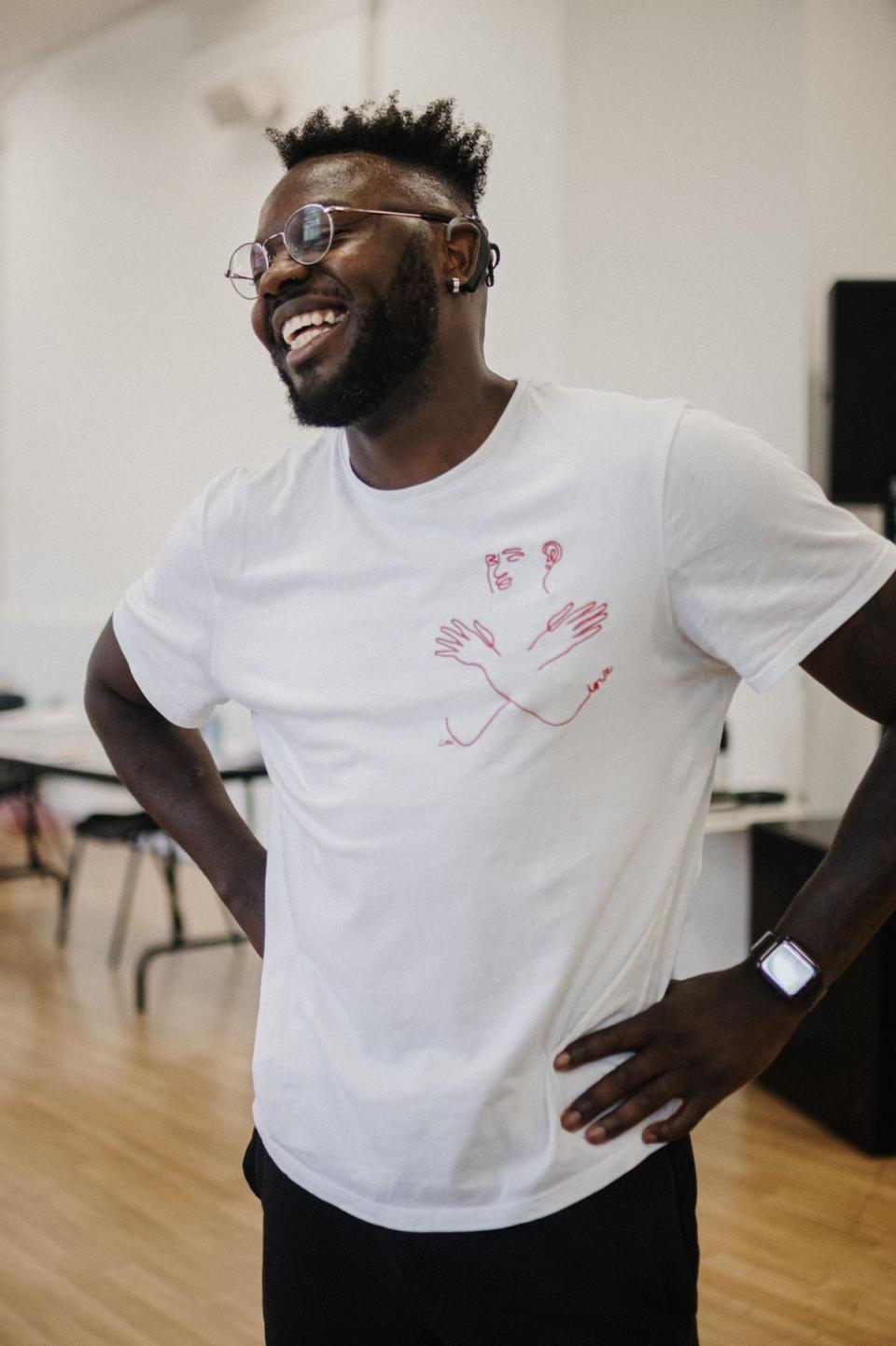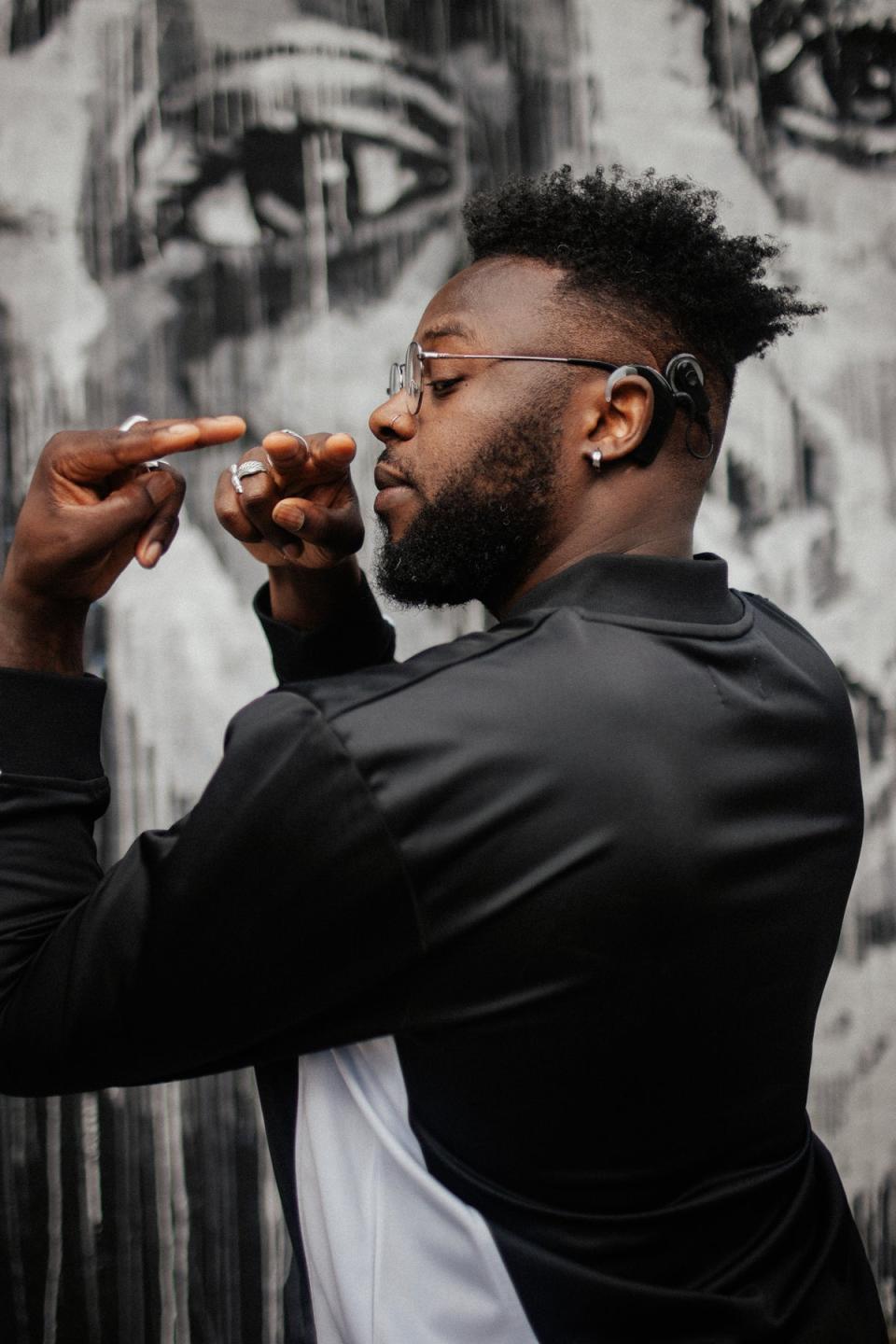Deaf dancer Chris Fonseca on going viral, his dance ‘special sauce’ and turning sign language into art

Acclaimed choreographer and dancer Chris Fonseca found fame when his audition for BBC reality show The Greatest Dancer went viral. The YouTube video in which he pops, locks, tuts and emits a beaming positivity has been viewed almost 2.4 million times. Why did it cause such a response with viewers? As a Deaf artist, he put on this extraordinary performance without being able to hear the music, but rather “feeling it” instead.
That was in 2019, and a lot has happened since then. The past three years have been a process of coming to terms with himself. Now Fonseca (who always capitalises the D in Deaf) has collected some of his experiences into Follow the Signs, a hip-hop gig theatre show at Soho Theatre.
“It’s about me growing up, my journey, the obstacles that I’ve had to deal with and the barriers that have made me who I am today,” he says. “I wanted to share the shame I’d felt, share the trauma and also celebrate the struggles. Hopefully through storytelling I’m able to impact other people so they’re able to feel and have empathy and relate to it.”
When I visit, massive speakers stand in the middle of a white-walled room in the central London rehearsal room where Fonseca and his team are putting the show together. The team has spent the morning working out how to translate the words of the show into British Sign Language. Spoken English and BSL don’t always map precisely onto each other. It matters which hand Fonseca uses to sign a particular word so that Deaf audience members can see it clearly. He has signed a word too quickly; could he hold it for just a second longer?

Finally director and co-writer Harry Jardine calls lunch, and we sit down at the side of the rehearsal space with two interpreters who take it in turns to translate Fonseca’s signing.
“When Black Lives Matter happened I realised that people see me as a Black man first, before they see me as a Black Deaf man. Being Deaf is an invisible disability,” he says.
“I wanted to take my authentic self, all the stuff that has been building up for years, that frustration and anger, my concerns about code switching and express all that to an audience, regardless of whether they’re Black, white, Deaf. I want them to go: ‘Oh, I get it’. That is where we need to be. I need to be my authentic self.”
The audience sees Fonseca dancing, incorporating BSL, while Jardine raps from the side of the stage, essentially acting as Fonseca’s voice. Meanwhile a chest-thumping soundscape from Yacoub Didi keeps the beat, blending hip hop, house and R&B.
From the outset, Fonseca knew he wanted his new show to be autobiographical. There are moments of complete joy, as he discovers who he is and learns not to be ashamed of it, as well as harrowing moments of racial abuse and discrimination for being Deaf.

He knew that he couldn’t shy away from complex issues. In the scene he has just rehearsed, he raises the problem that BSL interpreters seldom look like the person they are interpreting. “The majority of BSL interpreters are white women. I don’t get to feel represented – a young black man with a white woman’s voice. You don’t have control or ownership over your own voice. The pool is so small – Black male interpreters are extremely rare.”
He also addresses the fact that getting a cochlear implant – as he did – can be controversial for some in the Deaf community. “I felt ashamed of my Deafness growing up. Back then the Deaf community could be quite critical of it. It’s different now. People have different Deaf identities. And we want Deaf people to know that you are welcome to the community regardless. You’ve got to find your own Deaf identity in your own time, and that’s okay. Unity is the important thing.”
Fonseca lost his hearing after contracting meningitis aged two. Growing up in a hearing family in Bromley, it was his constant need to move and run around that set him on a path towards dance. “It stems from my aunty. She saw I was always running around and thought, ‘Okay, maybe I can give Chris a dance movie to watch.’”
He sat down in front of 1984 breakdancing film Breakin’, and that was it. He knew he wanted to dance. “But there were no role models for me. There are some Deaf actors, some Deaf people in sports. But Deaf dancers? That’s an incredibly small pool. So now, my career and my passion are dance but also supporting the Deaf community and getting more people into the dance world.”
The lack of role models meant Fonseca had to create his own way of working. Aided by his cochlear implant he can feel music, and he studies the lyrics to make sure his choreography stays true to the song.
“Before I start thinking about the movement, I have to understand the music and the layers within that music: the tempo, the bass, the tone. Then it’s reading the lyrics and understanding them. Then it’s choreography - understanding the concept of the song and showing that through movement, including elements like BSL and signed rap. Then I add my special sauce and flavour to it and see what happens.”
What flavour is it? “It’s spicy!” he laughs. “When hearing people are learning BSL they might think, ‘Okay, it’s communication and that’s it.’ But you can turn it into art. I wanted to incorporate sign language into dance. That’s the core of my work.”
That special sauce is what appealed to so many when Fonseca appeared on The Greatest Dancer. But auditioning wasn’t a decision he made lightly. “I had always avoided TV competitions and things like that. My concern is that people would vote for me because they’re being patronising. But then again, it was an opportunity for me to hopefully reach out to other Deaf dancers out there. When I did the audition, yes it did make a difference, and yes, it was great exposure, but you lose some control over your art.”

Since then, a lot has happened for Deaf representation in the UK. Rose Ayling-Ellis won Strictly Come Dancing last year. A few months ago parliament passed a bill recognising BSL as a language of England, Scotland and Wales. The film CODA won three Oscars including Best Picture. These feel like big milestones, I suggest. Are things changing?
“Yes,” he says, “but it’s interesting that change seems only to occur when people are in the mainstream or have a certain level of exposure. Is that the only way? I am really happy that Deaf representation on a mainstream platform is becoming a little bit more acceptable. But it’s important for it not to be tokenistic. There needs to be research before casting someone: do you have a BSL consultant on board? Who are the consultants, are they representing things in the correct way? You don’t want it just to be a box ticked. Representation needs to happen behind the scenes too.”
He adds: “It’s a long road. When there are successes that’s great, we clap and we cheer about it, and then it’s done. But keeping up the momentum is hard, and those are small moments on a really long journey.”
Soho Theatre, August 23-27; sohotheatre.com

 Yahoo Movies
Yahoo Movies 
